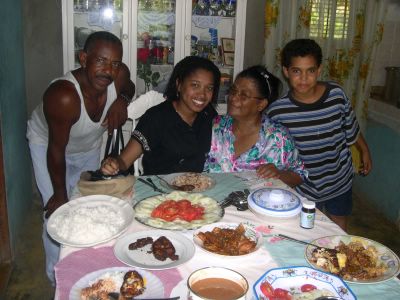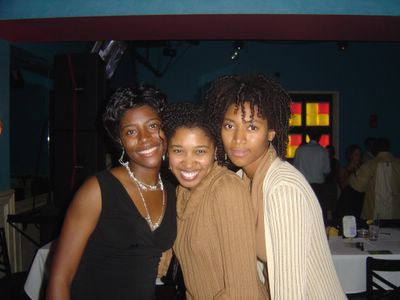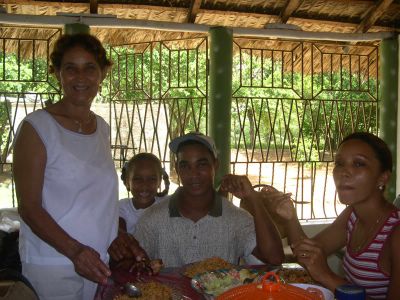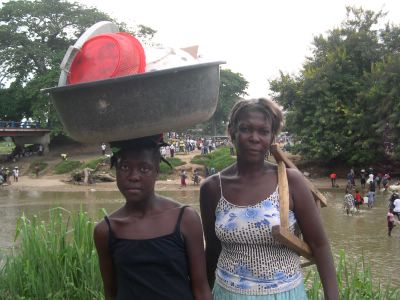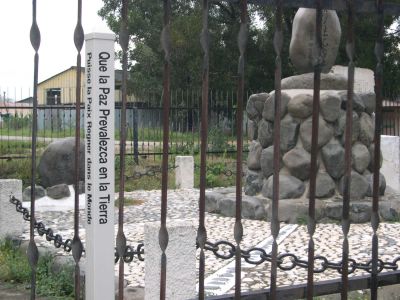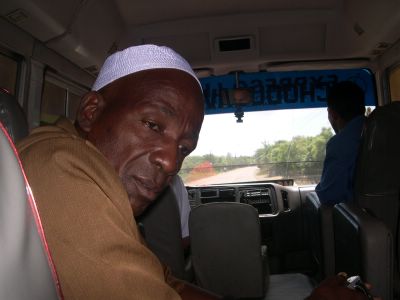Manolo (mi tio), me, ChiCha (mi tia) and Juandi. I fell in love with this family! They were the best. As soon as she met me, she gave me the greatest hug and fed Ikuko and I. She thought that I was Dominican (as everyone I met thought) and called me a "Dominicana Americana." Before we ate this meal, she told us that she made the food with love "con amor." I cried after leaving her house the first time I met her. I never knew someone with such great energy and love. She adopted Juandi. Apparently he came to visit her once from Mao and cried to come back, so she she let him stay and enrolled him in school there. I'm coming back to visit them, mark my words.

